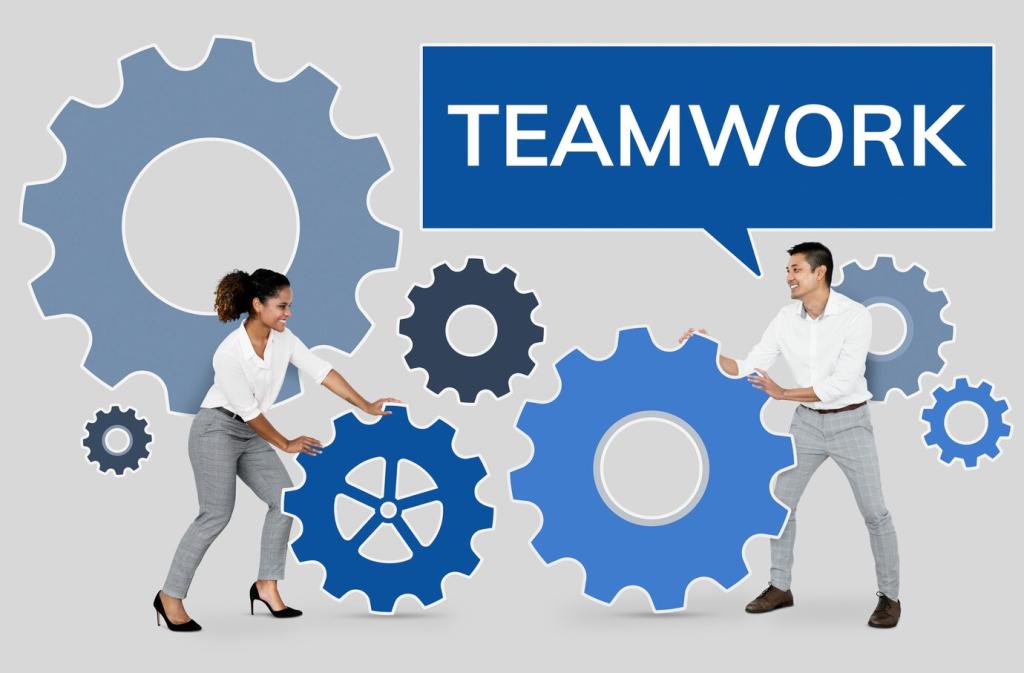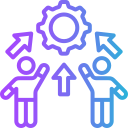
Leveraging Technology for Virtual Collaboration
In today’s interconnected and dynamic work environment, leveraging technology for virtual collaboration has become essential for businesses and teams across the globe. Virtual collaboration involves using digital tools and platforms to enable seamless teamwork regardless of location, time zones, or other traditional barriers. With the rapid advancement of communication technologies and collaborative software, teams can now collaborate in real-time, share information effortlessly, and drive productivity without being physically present in the same space. This web page explores how organizations can harness modern technologies to foster effective virtual collaboration, enhance productivity, and maintain strong connections among team members, even when working remotely.
Tools Shaping Virtual Collaboration

Video Conferencing Platforms

Cloud-Based Document Sharing

Instant Messaging and Chat Tools
Digital Whiteboards and Brainstorming Tools
Virtual Team Building Activities
Asynchronous Communication Strategies
Increasing Productivity with Collaborative Technologies
Project Management Software


